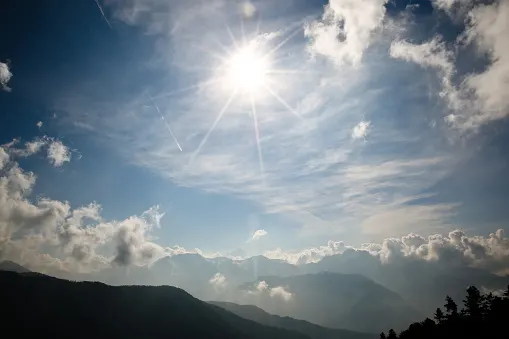
Scientists propose chemical method to dim the Sun
Scientists are looking at this controversial idea in the fight against climate change.
Harvard University scientists have come up with what they believe could be a solution to slow down the frantic rate of warming our planet is experiencing. The plan is to spray sunlight-reflecting particles into the stratosphere -- the atmospheric layer that stretches from about 10 to 50 kilometers above the surface. The hope is that these particles would block a portion of the incoming solar radiation, and thus quickly lower global temperatures.
This idea is not new, and it's actually something that happens naturally from time to time. Most of us have experienced the effect during some Earth's major volcanic eruptions. When Mount Pinatubo erupted in the Philippines back in 1991, it injected an estimated 20 million tons of sulfur dioxide into the stratosphere, forming a hazy layer of sulfate particles that blocked sunlight and cooled the global temperature by about 0.5ºC over the following months.
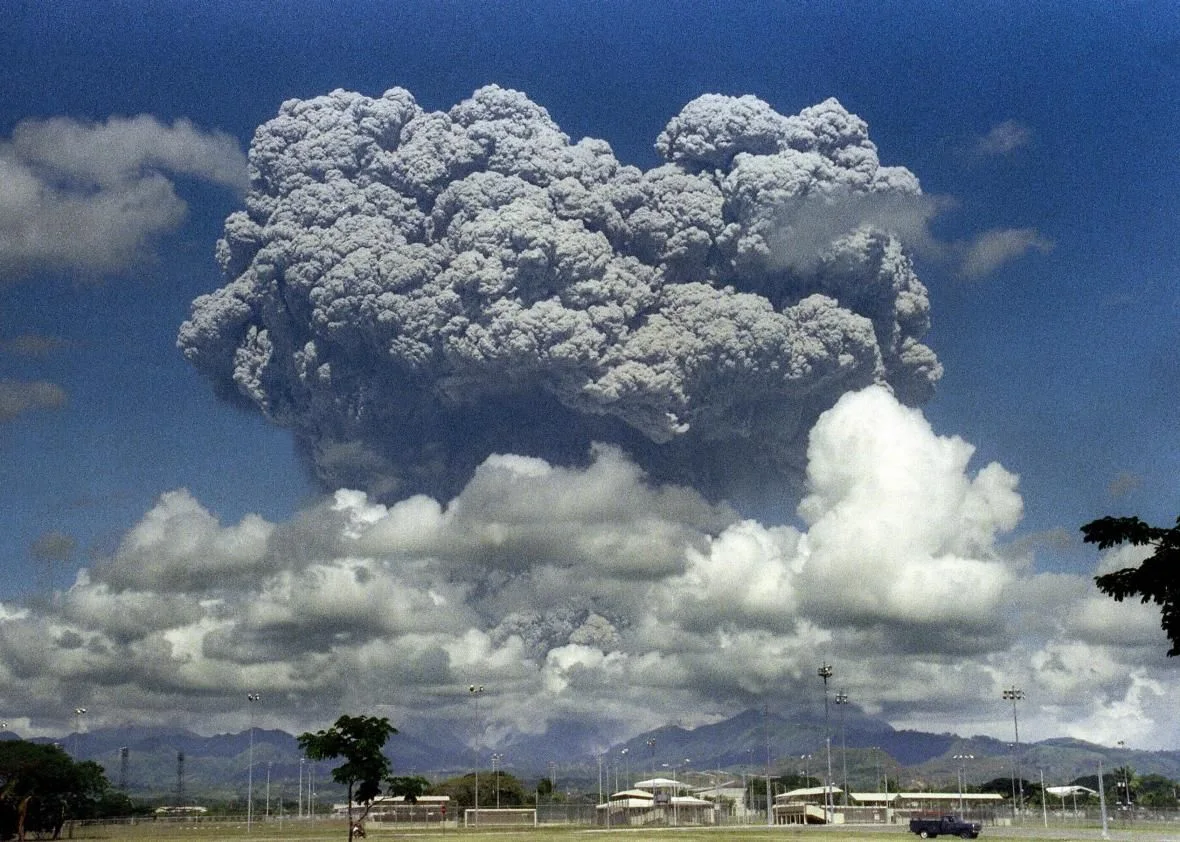
Image courtesy ArcGIS
SEE ALSO: Why covering Greenland in a blanket might help fight climate change
The proposed solar geoengineering project would be sort of a global scale replica of the Mount Pinatubo experience and would involve dispersing sulfate aerosols into the stratosphere. By reducing the amount of solar radiation reaching the earth, we could eventually reduce the amount of infrared radiation re-emitted from the surface. In turn, there would then be less energy for greenhouse gasses in the atmosphere, like carbon dioxide or methane, to absorb and heat the air. The stratosphere is the ideal place for particles to be injected because they can spread around Earth's atmosphere and remain suspended for a couple of years.
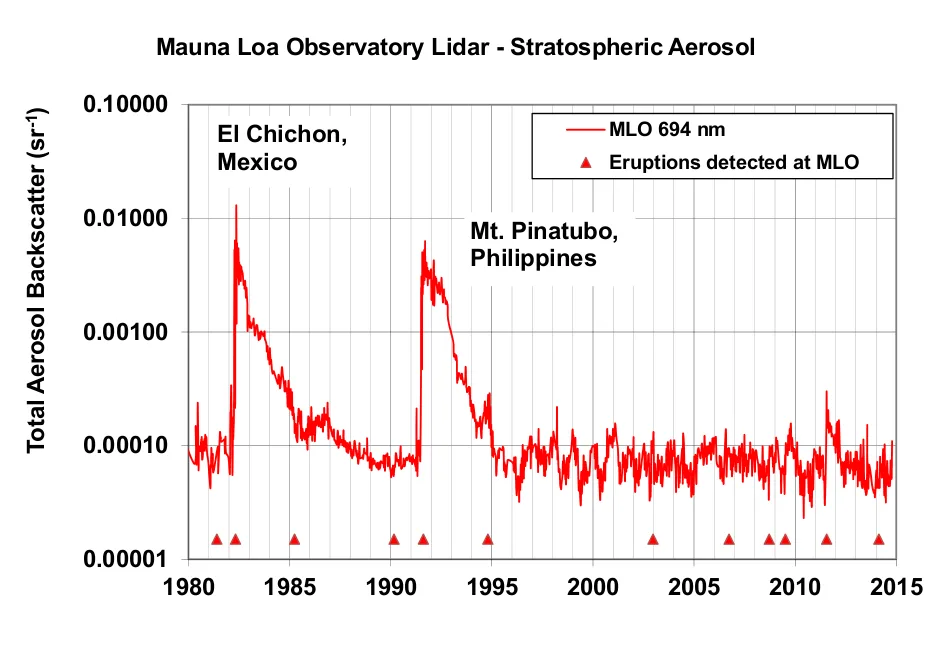
Image courtesy NOAA
The Harvard University team will be the first in the world to move solar geoengineering out of the lab and into our atmosphere through this revolutionary project called the Stratospheric Controlled Perturbation Experiment (SCoPEx). The initial phase of the experiment would involve launching two flights of a steerable balloon 20 kilometers above the southwestern United States, releasing small plumes of calcium carbonate (100 grams each). The balloon would then turn around to observe how the particles disperse.
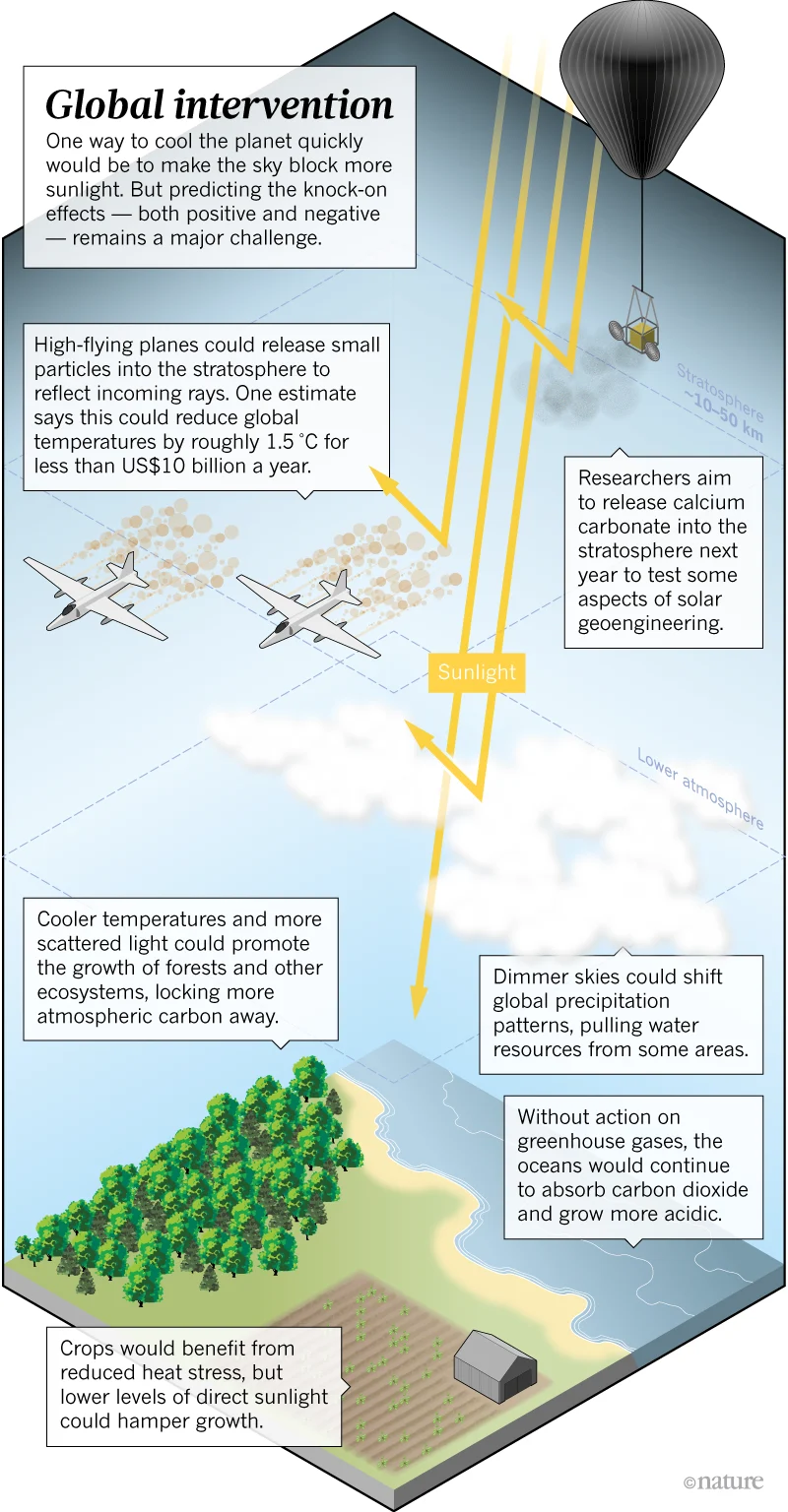
Image courtesy Nature
RELATED: The potential health dangers of geoengineering
This process of "Global Intervention" (see diagram above), could also have serious side effects on other atmosphere circulation related processes. Aside from cooling the planet's temperature, sulfur, via chlorofluorocarbons, can help speed up the process of ozone depletion in the stratosphere. Ozone in the stratosphere forms the famous 'ozone layer' that protects living organisms from harmful ultraviolet radiation. Sulfate aerosols are also warmed by solar radiation, enough to actually alter patterns of moisture flow and jets streams around the globe which would change weather and climate.
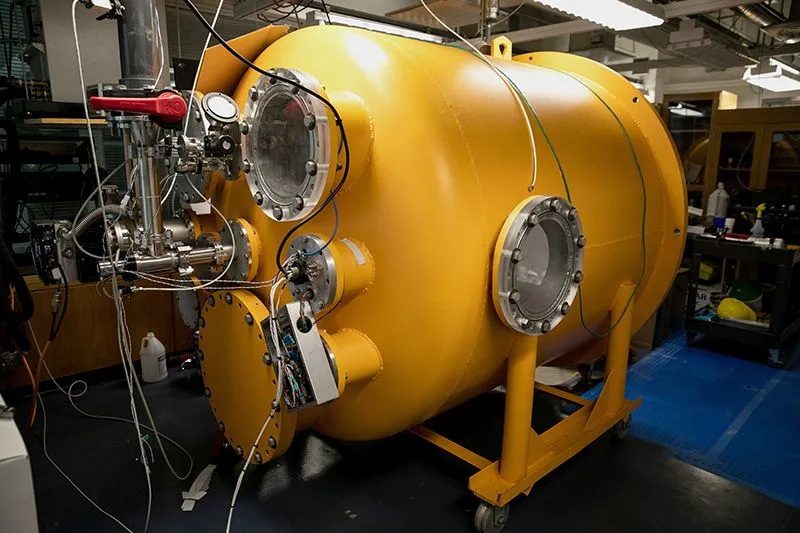
Image courtesy Nature
Although the initial experiments contemplate avoiding the use of sulfur products by concentrating on calcium carbonate as the potential reflecting agent, scientists still don't have a clear picture as to how this will work out, since it does not exist in the stratosphere as a chemical compound.
So far, the research team at Harvard, Princeton, and Georgia Tech have used computer models to simulate how Earth's climate would react if solar geoengineering were used to reduce global warming in an atmosphere twice as rich in CO2 content compared to today. They specifically looked into changes in regional precipitation patterns and extreme weather events like hurricanes in a world with or without solar geoengineering.
As expected, the proposed experiment has sparked a long list of questions from a variety of experts in the field. Some researchers have suggested that moving forward with the proposed Global Intervention experiment would cause significant changes in the precipitation patterns that currently shape climate and biodiversity in some regions of our planet. One concern is drought could increase in some regions, although others argue that crops would benefit from a reduction of heat stress on the plants. Recent studies have also shown that after two major volcanic eruptions like Pinatubo (1991) and El Chichón in Mexico (1982), yields of maize, soya, rice, and wheat dropped mainly due to the reduction of solar radiation.
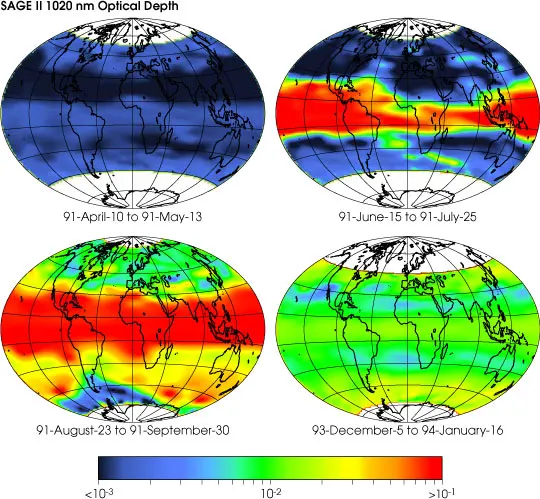
Image courtesy NOAA
SEE ALSO: Global warming set to exceed low end forecasts
Geoengineering has long been considered a controversial practice because it means human tampering with our climate. There's no way to know for sure what it could do, once a process is started, it would be difficult, if not impossible, to stop, and if a number of governments around the world start using different methods to alter our climate system, the consequences around the planet could be devastating.
While this does not mean we should stop testing the possibilities of geoengineering in case our current effort to reduce greenhouse gas emissions does not play out as expected, attempts must proceed with caution.












